Birds on the Beach . . .some are clearly cold!
Birds on the Beach . . . .
This morning I have started to look through a large selection of Chiffchaff (Phylloscopus collybita) images, taken during October 2010 on Fair Isle, Shetland UK. Chiffchaff’s can come through the Island in good numbers during the Autumn & good views can often be obtained as these birds frantically feed up & rest before carrying on their migration routes. The Chiffchaff ssp.collybita, is an annual Summer visitor to Britain & Ireland & a common breeding bird, there are also increasing numbers overwintering in Britain in recent years. However other sub-species of Chiffchaff venture South into Britain each Autumn & Fair Isle is a classic location to see & try & get to grips with these other sub-species. An Autumn does not go by without good numbers of the Northern, Scandinavian Chiffchaff ssp.Abietinus being a regular sight on these Northern Isles. The log call at FIBO (Fair Isle Bird Observatory) each evening in Autumn always attempts to note numbers of each sub-species seen, though as with the Redpoll’s, the various Chiffchaff’s can cause much debate & controversy! As well as the two sub-species mentioned above, there is another, scarcer sub-species of Chiffchaff which can be an annual visitor to the Isles, the Siberian Chiffchaff ssp.tristis, a much trickier bird to identify in the field (some regard this as a separate species). Much has been written on Chiffchaff ID & there is still much debate surrounding them. They are difficult in the field in Autumn & when vocalisations are perhaps not apparent or noted which would further help their identification. During my Autumn visit to Fair Isle a Blyth’s Reed Warbler was found on South Harbour beach. This bird stayed for several days & I visited the beach on several occasions, sitting still amongst the stinking tideline seaweed as the Blyth’s Reed Warbler feasted on a glut of tideline invertebrates. The weather had seen strong Northerly gales hit the Island but a break in this cold, windy blast, saw still, calm conditions & several little bays, including South Harbour were packed with storm-driven seaweed debris just heaving in insects & as a result many, many birds. I was soon not regarded as a threat to the beach feeding frenzy & the Blyth’s Reed, several Blackcap, Chiffchaff, Starling, Dunlin & Turnstone fed around me at very close range. After getting some pleasing shots of the Blyth’s Reed I decided to concentrate on the ‘various’ Chiffchaff’s which were feeding in loose groups of up to 20+. I obtained a number of images which can be seen below taken over a couple of days. As well as many collybita, there were clearly several abietinus & at least 2 of what I regarded as possible tristis types present. I am certainly no Eastern, pale Chiffchaff ID expert & thought it a good idea to photograph as many as possible, mostly under the same weather conditions & light. I’m hoping my images will help in my own future Chiffchaff ID & that they may possibly help others . . .I’d love to hear what you think of the Chiffchaff abietinus/tristis debate & what conclusions you draw from my images below! What do you think of these paler birds?
The Common Chiffchaff ssp. collybita
Chiffchaff – ssp. abietinus
Chiffchaff – ssp.tristis (?)
These birds seem to edge more towards ‘tristis’ perhaps as they have little trace of green or yellow, are a light buff on the head, esp supercilium & ear-coverts, neck & breast. V black legs & bill, overall grey/brown & pale. I am not sure of the last image, perhaps too much green on the mantle/back? maybe abietinus as above? . . . .
I hope you have enjoyed a sample of my Autumn ‘Chiffchaff’ images, fresh from the memory cards, I had better get back to sorting them all out 😉 the joy was certainly taking them, not sorting them all! Luckily the weather is so bad in Suffolk today that a day at the computer is not too stressful! Happy birding . . . .

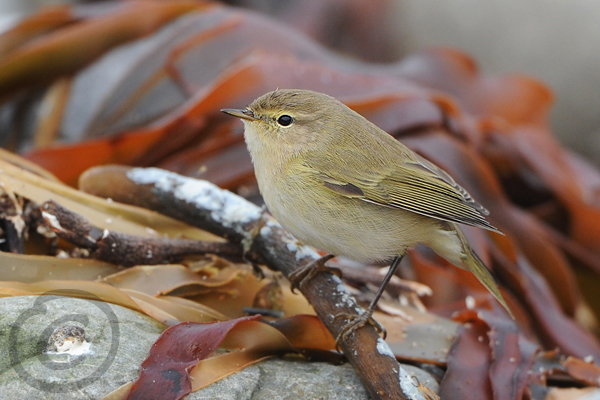

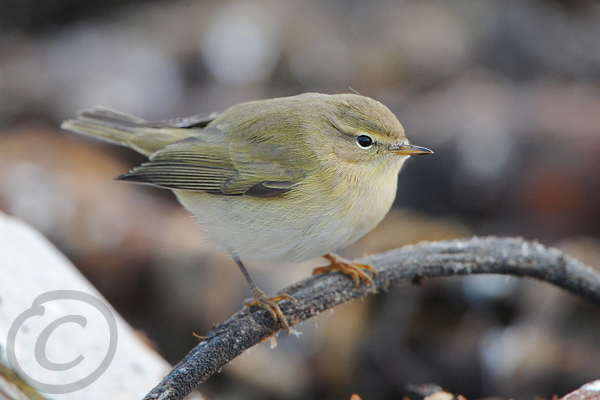
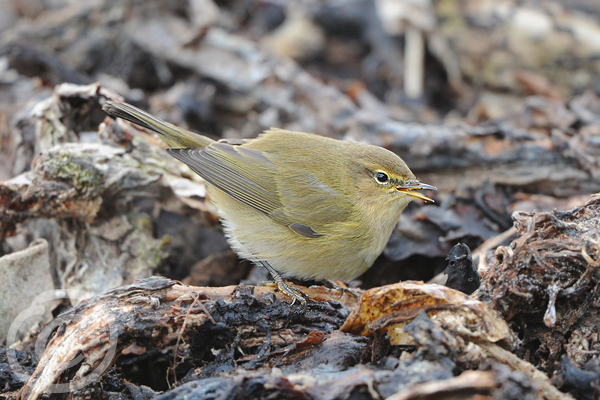
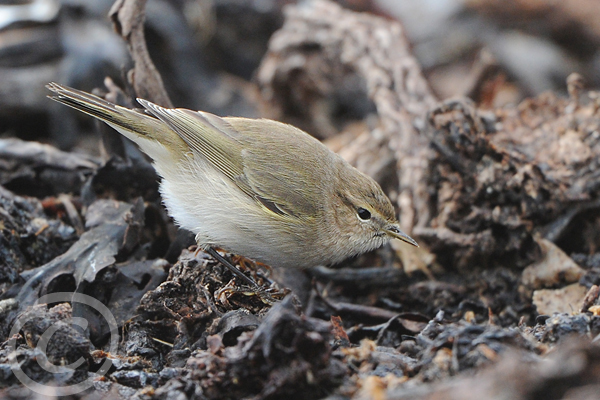
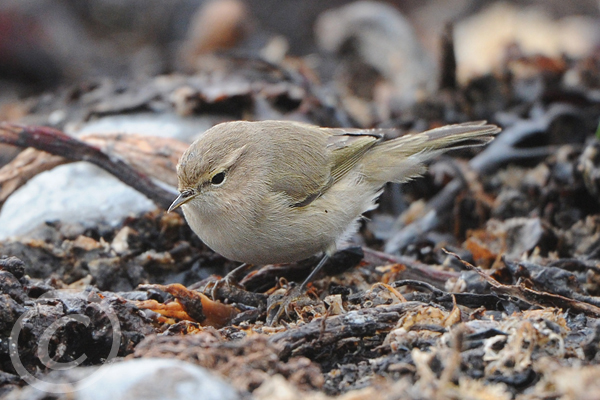
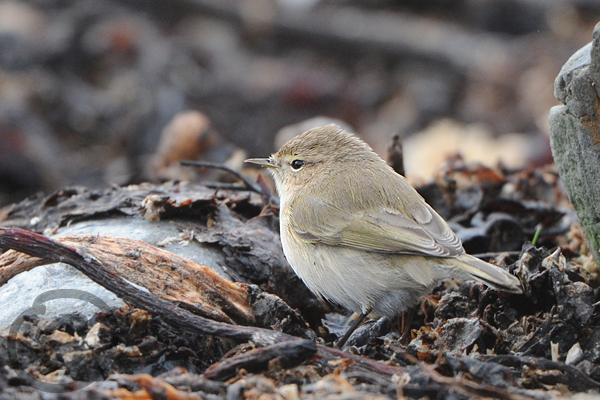
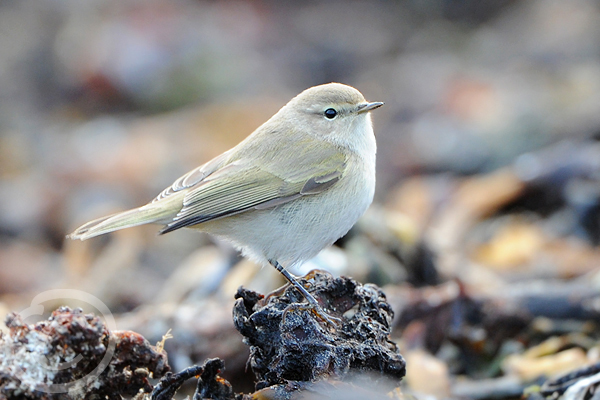

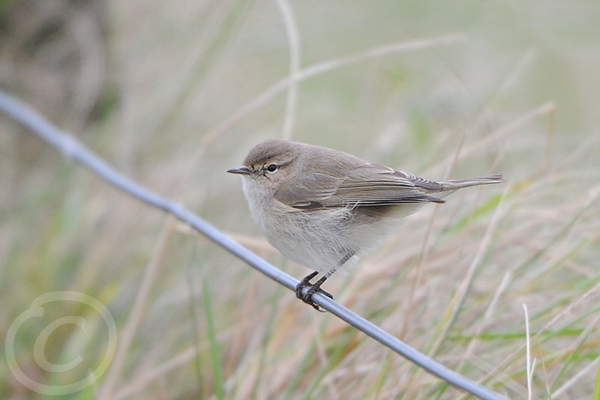
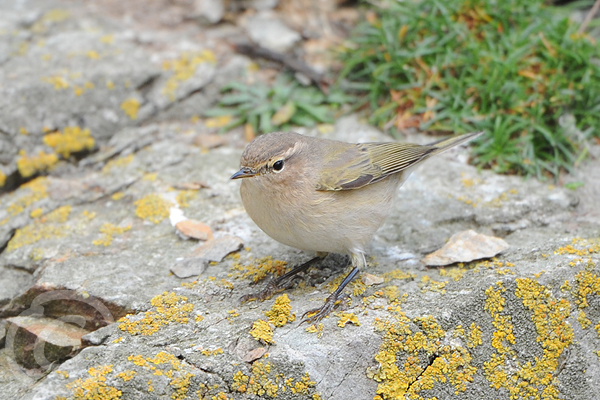
What a Sweet little brown bird..beautiful shots.
wow, blown away. very cool. I am going to have to start looking at our chifchafs more carefully. I have yet to hear either a siberian or iberian here, but looking more closely can never hurt, particularly in autumn…
I am one of Gunnar`s friends, and he is working under my “tough arm” in these days… He showed me your images and nice writing – indeed a great work! Will be great if you can contribute images to to the HWPB projet (A & C Black) that I do with Lars Svensson. We can send you link later on… albatross_shirihai@hotmail.com
Best regards, Hadoram Shirihai
Hello Hadoram. Thank you for your comments on my post & images on the all new https://www.birdingblogs.com . . . I would be delighted to contribute images to the HWPB. I will contact A & C Black & email you. Thanks again!
Kind regards, Rebecca
I am trying to identify this bird species that built this domed shaped nest in my hanging basket. They were tiny birds and so I thought they might be Chiffchaffs, but I am not sure if that is a North American bird. I live in North Carolina. So far all I have read is that they are found in Europe. what type of bird could this be?
If you could photograph the nest and it’s habitant it would be easier. Are you on Facebook? There is a good group called bird watching to which you could upload and get a lot of comments…then you can link to that photo here.